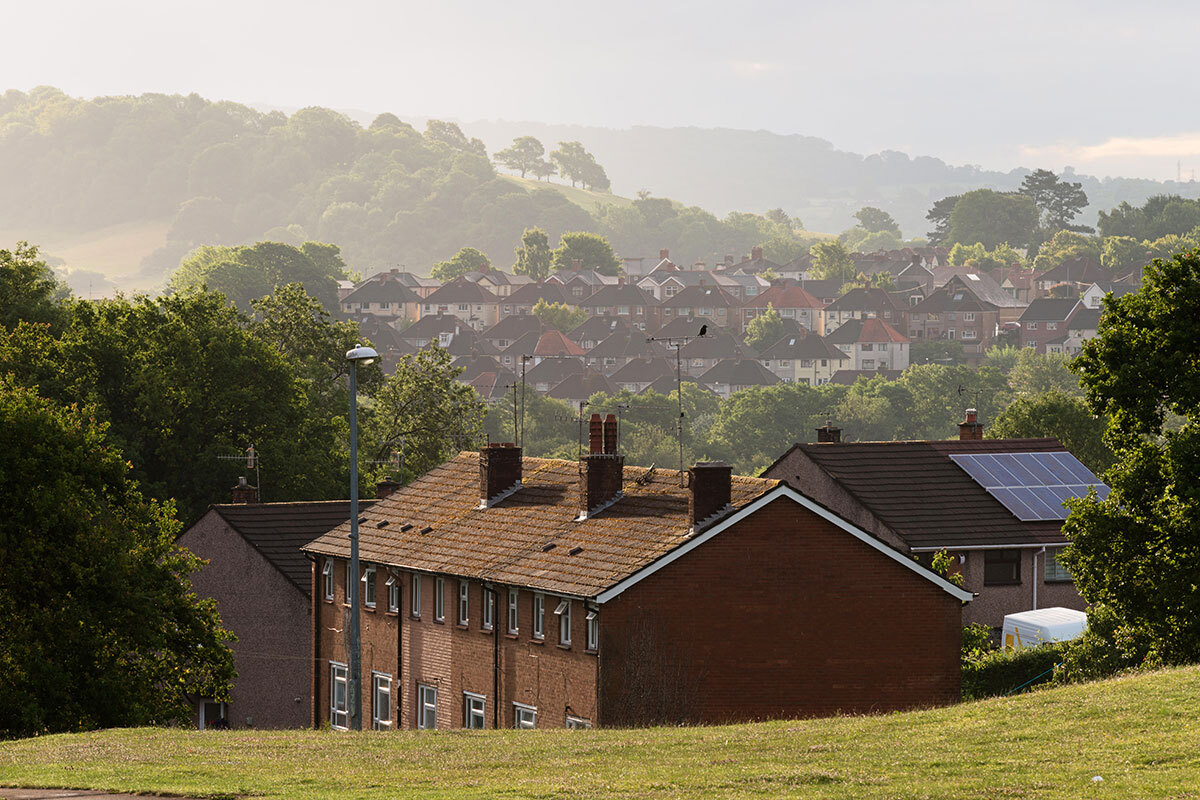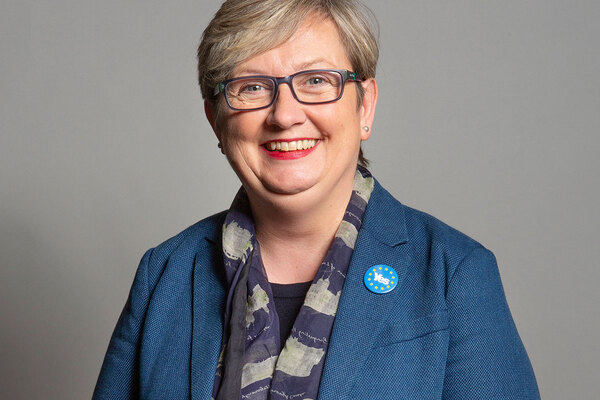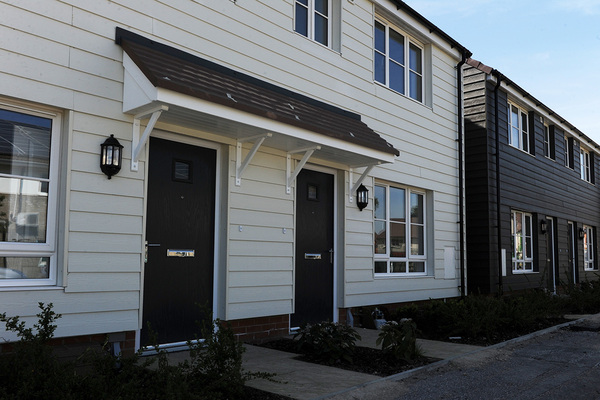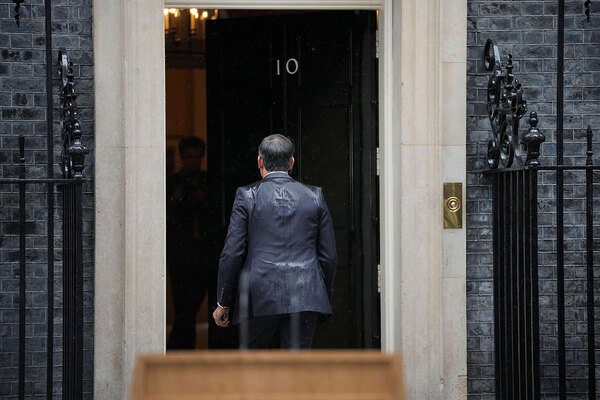You are viewing 1 of your 1 free articles
A new housing quality standard and rent cap for Wales
New rules for social homes in Wales look set to raise standards in the sector. However, as questions are being raised about how the improvements will be paid for, the government has announced a rent cap. Stephen Delahunty reports
The Welsh government has made two major policy announcements that will impact social landlords. The first is a new rent cap. For the second year running, the Welsh government has thrown out the rent settlement. Instead of inflation plus 1%, Welsh social landlords will only be able to raise rents in 2024-25 by 6.7% (see box below).
Although rent caps grab the headlines, it is the second announcement that may have the biggest impact on landlords and tenants. It is the new Welsh Housing Quality Standard (WHQS). The government has pitched it as the biggest change to social housing standards in more than 20 years. It is ambitious – but there are questions on how it will be achieved on current funding.
The original WHQS was brought in more than two decades ago in 2002, in a bid to drive up standards in social housing. Under this, all social homes in Wales were required to be in a good state of repair, safe and secure, adequately heated and well managed. Talk of updating the standard started almost as soon as it was agreed at the turn of the century. Last year, the Welsh government did a formal consultation on what that update should look like.
So what has the government settled on? Affordable heat for residents and decarbonisation are high on the agenda. It also looks at noise levels and biodiversity.
The standard aims to improve the comfort of homes, including up-to-date kitchens and bathrooms. Under the new standard, when a new tenant moves into a social housing property, all habitable rooms, staircases and landings in the home will need suitable floor coverings installed. Improvements should also be made to address issues such as damp and mould, broadband access and building safety.
The WHQS will require social landlords to aim to achieve Energy Performance Certificate (EPC) Band A for each property by 2033. However, this will be done in steps, with an aim for EPC Band C by 2029.
Each home will have an Environmental Impact Rating (EIR), which will be based on the average carbon emissions of the home. Higher scores will be given to properties that have been supplied with renewable heating and other technology, such as solar panels.
The standard requires social landlords to undertake an assessment of their entire stock to outline the current EPC and EIR ratings of their homes. Landlords will then need to produce a Target Energy Pathway (TEP) for each home, which will outline what work they will need to carry out on a property to achieve the required targets. The TEP will also include information on the expected costs and timings for the improvements.
New rent cap
“It is vital that we continue to do all that we can to support those who face severe financial hardship,” said Welsh climate change minister Julie James when she announced the new rent cap for social landlords in the country. This limits the amount landlords can raise rent in 2024-25 to 6.7% – or the same rate as inflation.
Social landlords in Wales will now go back to discuss what should happen to their rents with their tenants.
It is the second year in a row that Ms James has intervened in Wales’ current social rent settlement. Last year, the administration set a ceiling of 6.5% for annual rent hikes. Under the Welsh government’s current five-year settlement – announced in 2019 and ending in April 2025 – rents could be increased by a maximum of the Consumer Price Index (CPI) rate of inflation plus 1%. At the time of last year’s intervention, CPI was running at 10.1%
On her latest intervention, Ms James said: “I am well aware of the impacts that the continuing cost of living crisis has put on social housing tenants and that this uplift may not feel ‘lower’ to many people across Wales.”
However, she acknowledged: “The current economic climate continues to present challenges for both social landlords and their tenants.”
Ms James stressed that landlords are not required to hike rents by 6.7%. “I urge all social landlords to carefully consider affordability and set rents appropriately across their housing stocks,” she said.
Stuart Ropke, chief executive of Community Housing Cymru, reiterates Ms James’ insistence that the rent settlement was not a target. He adds: “Setting rent is one of the most important decisions not-for-profit housing associations make, and they don’t take it lightly. It is a decision that carefully balances what is affordable for individual tenants with investing in the high-quality homes and core services that they rely on.”
He advises tenants to seek advice from their landlords if they are struggling. During the announcement, Ms James pointed out there are “ongoing commitments from social landlords to support tenants struggling with the impacts of the ongoing cost of living crisis”. This includes the continuation of the ‘no evictions due to financial hardship policy’ for tenants that engage with their landlords.
The rent cap is likely to impact landlords’ ability to meet the new Welsh Housing Quality Standard, but CIH Cymru says it believes the right balance has been reached between affordability and good-quality, warm homes.
The standard applies to all self-contained properties wholly owned and managed by local authorities under Part 4 of the Housing (Wales) Act 2014. For landlords, this comes under Part 1 of the Housing Act 1996, meaning an association could be subject to regulatory action for failing to meet the targets. However, the latest government data showed that no homes were deemed to be non-compliant with the 2002 WHQS.
One of the main challenges to achieving the standard will be funding. Climate change minister Julie James, who is also in charge of housing, announced an additional “£22.5m across this year and next” as part of the plans. This is on top of the money still available through the government’s Optimised Retrofit Programme (ORP). The total funding made available to landlords under the ORP to date is around £270m.
The government said it has also allocated £70m to landlords this financial year on a formula funding basis and there is a commitment for a further £70m next year. There is no funding yet announced after this date.
One report put the funding gap for retrofitting social homes in Wales at £2.7bn, and £3.9bn for all homes in fuel poverty. This analysis was done by the New Economics Foundation for the Future Generations Commissioner for Wales’ Homes Fit for the Future: the Retrofit Challenge report.
£2.7bn
Funding gap for retrofitting social homes in Wales, according to a report from the Future Generations Commissioner for Wales
£22.5m
Additional government funding announced to help social landlords meet targets under the new Welsh Housing Quality Standard
The report says that the total investment needed over the next decade to retrofit social housing in Wales is £5.52bn, with around £1.7bn of this to come from the Welsh government and the rest from Westminster.
Matt Dicks, director of the Chartered Institute of Housing (CIH) Cymru, says: “While we welcome the Welsh government’s aim in building on the successes of the original WHQS, ensuring the provision of good-quality homes, this cannot be done without sufficient funding. There must be long-term certainty from the Welsh government linked to financing activity to decarbonise existing homes at pace. The level of funding outlined is not likely to be able to meet this aim, due to ongoing inflationary pressures of housing organisations’ wider operating environment.”
A similar point is made by Stuart Ropke, chief executive of Community Housing Cymru, which represents 34 housing associations that together provide around 165,000 homes across Wales. “Welsh housing associations now stand ready to support these new aspirations, but to achieve them we need long-term funding certainty and a deliverable plan,” he states.
From the residents’ point of view, Tpas Cymru says: “There are lots of positive initiatives in this standard, and we are particularly pleased to see the inclusion of new flooring standards.”
The body adds there is concern that residents would become “guinea pigs” for unproven solutions and that work programmes need to be co-produced with them.
Sign up for our Wales newsletter
New to Inside Housing? Click here to register and receive our Wales round-up straight to your inbox
Already have an account? Click here to manage your newsletters












